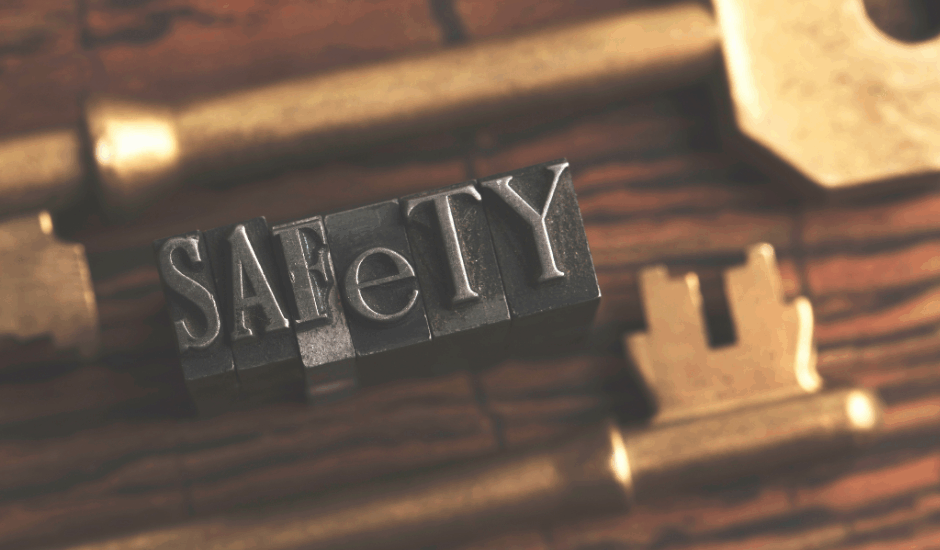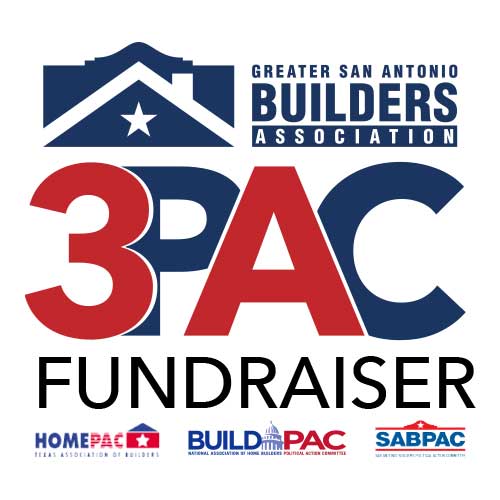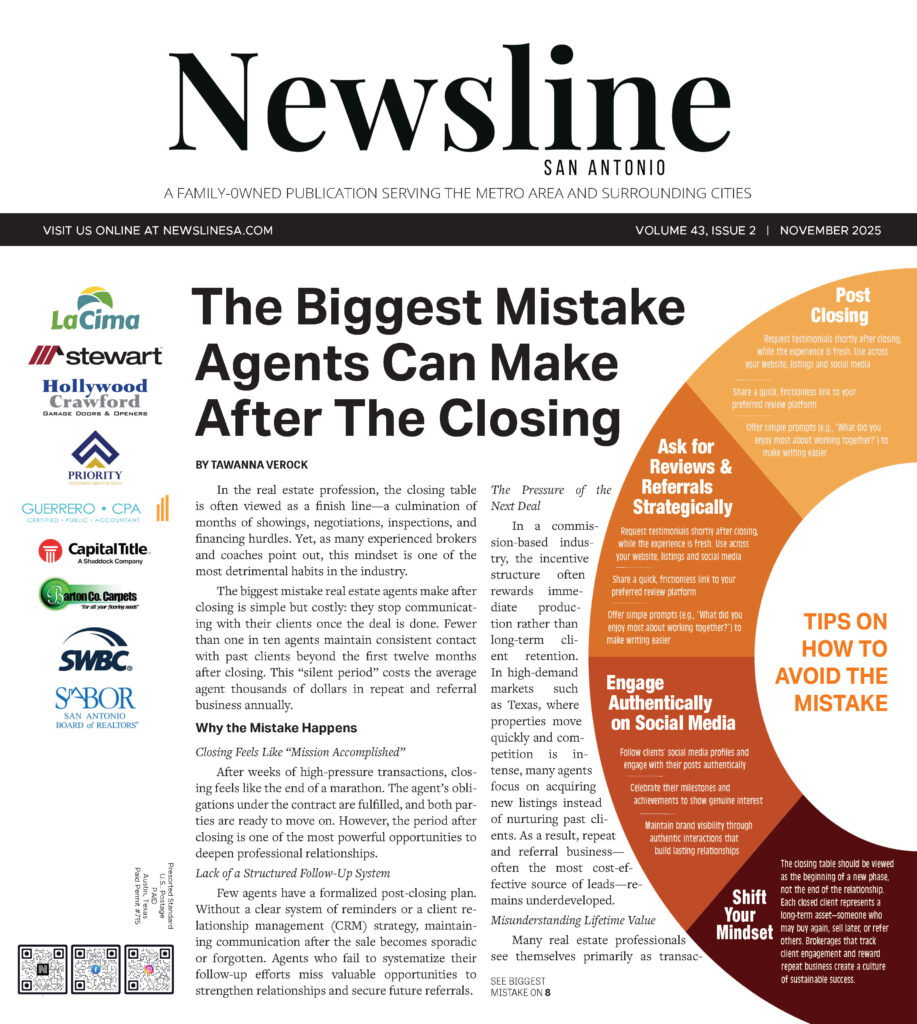Although September is REALTOR® Safety Month, it’s always the right time to keep safety top of mind. The nature of real estate means agents often work alone, meet new clients in unfamiliar places and handle unpredictable situations. Staying alert and prepared isn’t just good practice during one month of the year—it’s a year-round commitment to protecting yourself, your business and the clients who trust you.
Every year, REALTORS® face risks in their line of work—some minor, others life-altering. The same freedom and flexibility that make real estate exciting can also make it unpredictable. Yet with the right plan, that unpredictability doesn’t have to mean danger.
Because in real estate, safety isn’t luck—it’s preparation. And preparation begins with awareness—understanding your surroundings, your clients and your instincts before every showing and interaction.
Awareness: The Foundation of Safety
Real estate professionals often work alone, in unfamiliar neighborhoods and with clients they’ve only met online. According to the National Association of REALTORS® Safety Report, more than 30% of agents say they’ve felt unsafe during a showing or open house.
This isn’t about fear—it’s about foresight. Awareness is your first defense. Before every appointment, ask yourself:
- Do I know who I’m meeting?
- Does anyone else know where I’ll be?
- Have I thought through what could go wrong?
Awareness turns potential threats into managed situations.
Vetting Clients: Your First Line of Defense
Always verify a potential client’s identity. Ask to see photo identification before meeting in person—preferably at your office or through a secure verification system. Many brokerages have built-in protocols for this.
If you’re an independent agent, explain that identity verification is company policy for everyone’s safety. Serious buyers will understand. Never meet new clients at a property first. Always meet them in a public place—your office or a coffee shop—to gauge their demeanor and intent.
The Buddy System: Digital and Human
Even if you work solo, you should never be alone. Establish a system for sharing your schedule with a trusted colleague, assistant or family member. Before heading out, send them:
- The client’s name and phone number
- The property address
- Expected arrival and departure times
Use safety apps such as Forewarn, Bsafe or SentriKey that allow others to track your location in real time. You can also create a discreet “safe word” for emergencies—something casual like “Can you send me the blue folder?”—to signal distress without drawing attention.
Controlling the Environment
Arrive early to check the property. Note exits, lighting and cell reception. If there’s poor signal, communicate that in your listing description or showing notes—it could be vital information for your colleagues later. Keep your vehicle parked where you can’t be blocked in, and always keep your keys accessible. During the showing, direct clients to walk in front of you rather than leading them. Stay near exits and maintain enough distance to react quickly if needed. And, never enter attics, crawl spaces or garages—places where you could become trapped or isolated.
For open houses, never host alone. Bring another agent, lender or assistant to help manage foot traffic and serve as a visible deterrent to unsafe behavior.
Trusting Your Instincts and Having an Exit Plan
Your instincts are one of your best safety tools. If something feels wrong, listen to that inner voice. Leave immediately or use a prepared excuse such as:
- “I just realized I have another appointment.”
- “Let’s reschedule after I confirm a few details.”
- “My colleague will be joining us shortly.”
Once outside, get to a safe location and contact your team. Having a rehearsed exit plan ensures that you can leave any situation quickly, without hesitation or explanation.
Protecting Your Digital Presence
Safety doesn’t stop at the front door—it starts online. Be mindful of what you share on social media. Avoid real-time updates such as “On my way to show this home!” which can reveal your location. Do not overshare personal details about your home, family or daily routines. Keep personal and professional accounts separate, and use your business contact information for all client communications.
Scammers and criminals often collect pieces of public data to impersonate or track agents. Keep privacy settings strict and information minimal.
Safety as Team Culture
If you’re part of a brokerage, make safety part of the company’s culture. Hold regular training sessions or role-play scenarios to rehearse responses to difficult situations. Display emergency numbers and safety resources in visible office locations. Encourage team members to report suspicious behavior without judgment. Shared awareness is community protection.
After-Hours and Vacant Property Protocol
After-hours appointments and vacant homes require extra caution. Schedule showings during daylight when possible. If an evening appointment is unavoidable, confirm lighting and notify someone of your plans. Announce your arrival clearly: “REALTOR® here for a showing!” Check for signs of forced entry or unexpected activity. If something feels off, leave immediately and report it.
Mindset Matters
Safety begins with a clear mind and a healthy body. Fatigue, stress and overwork dull judgment. Build habits that promote alertness—proper rest, hydration and work-life balance. The better you feel, the sharper your awareness will be.
Safety isn’t a one-time checklist—it’s a mindset that grows with every showing, every client and every decision you make. By staying alert, prepared and confident, you protect not only yourself but also the trust your clients place in you. A REALTOR®’s greatest asset isn’t just knowledge of the market—it’s the ability to return home safely at the end of each day, ready to serve again tomorrow.




